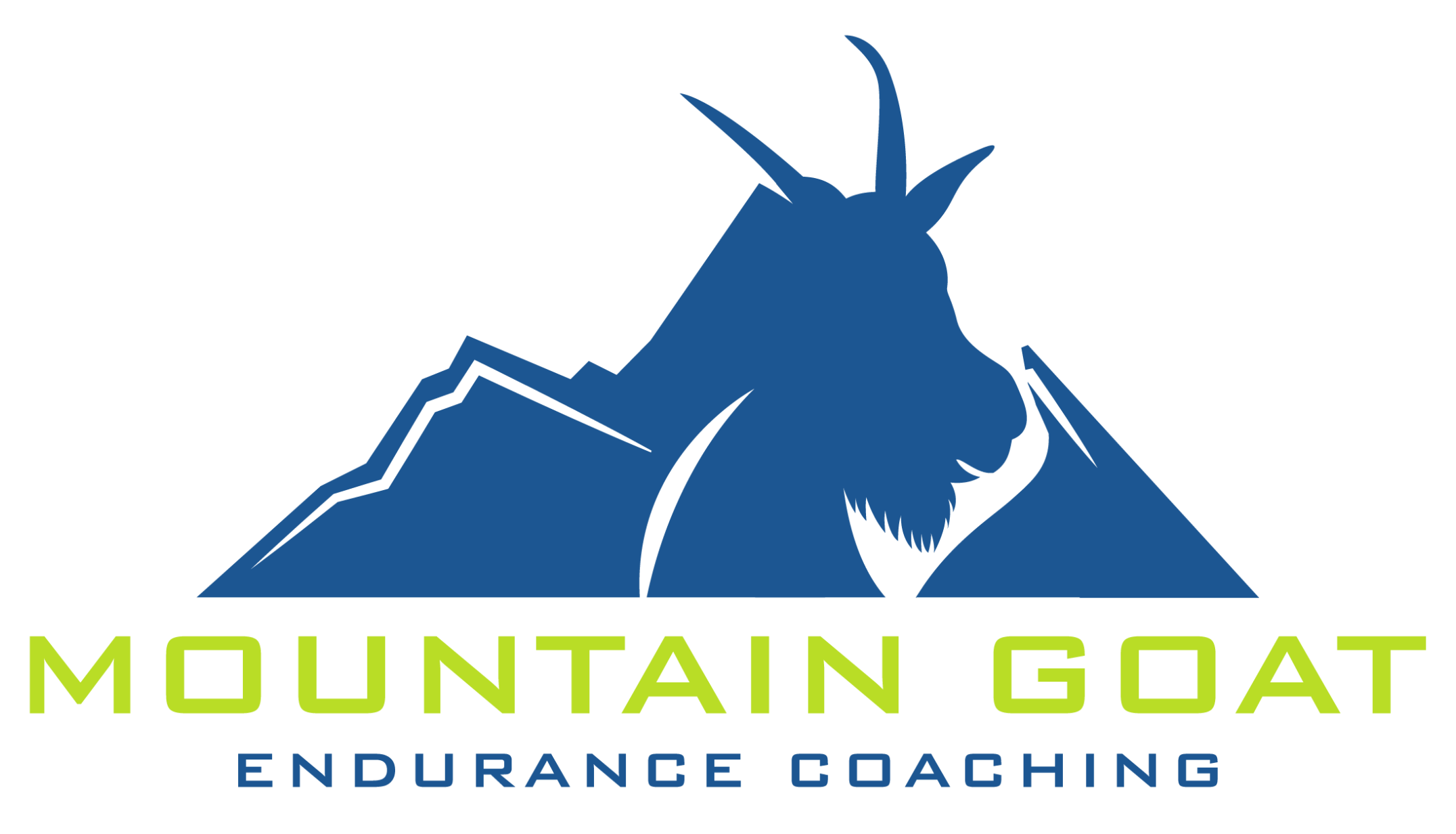“Lift heavy weights.”
It’s a pretty common piece of advice you’ll find on the internet these days.
And while I’m pretty happy about the overall shift away from the “highlighter weights” that used to fill a lot of gyms…
“Heavy” is still relative.
And I don’t just mean relative to the person.
Yes, it’s true that I’m not going to be squatting the same amount of weight as a champion powerlifter.
But that’s not the only thing that matters.
It should also be relative to the adaptation we’re trying to create.
For example, let’s say I want to use a cable abduction to help target my glute med.
Great.
Should I go heavy?
Probably…
But only in relation to the muscle I’m actually trying to target.
To do that exercise effectively, you really need to keep your pelvis stable.
The only thing that should move is your leg – out and slightly back.
Yet if you see someone doing this in a gym, more often than not they’ll be tilting their torso all over the place and flailing around like a salmon trying to make its way upstream back to the birthing grounds…
Now, will that allow them to move a heavier weight?
Abso-fucking-lutely.
By a lot.
But they’re also not hitting the glute med very well – which is the entire point of doing such an annoying exercise in the first place.
And even if they are working that muscle, they’re also putting a lot of unnecessary strain elsewhere.
Cable abductions are hard when you do them properly, even for really strong people.
Which means you’re probably not going to move a whole lot of weight.
So…
Should they be heavy?
Yea…
They should be heavy in regards to the muscle you’re trying to work, but that doesn’t mean we should sacrifice effective and efficient form just to move more weight.
So maybe instead of “heavy” we should call it “difficult.”
Yet that also leads to problems.
Certain exercises are inherently more difficult than others.
I don’t really care who you are…
If you do 15 reps of a heels-elevated goblet squat to full depth, it’s probably going to feel somewhat difficult.
Your legs will start burning and you’re going to want to stop.
It doesn’t really matter what the weight is.
Unfortunately, that doesn’t mean lower weights are actually going to help you get stronger.
If I could do 15 reps holding a 60-pound dumbbell, then doing 15 reps holding a 20-pound dumbbell isn’t going to help me get stronger.
It’ll burn and suck and I’ll definitely want to stop – but it won’t actually build strength.
To do that, it would need to be heavier.
So…
Where does that leave us?
Lifting needs to be “difficult” more than it needs to be “heavy.”
It also needs to be difficult for the right reasons.
Sometimes, that might mean it needs to be heavier.
Sometimes, that might mean you need to adjust your form to hit the target muscle a little more effectively.
And sometimes, that might mean you just need a new exercise entirely – i.e. stop doing squats on a Bosu ball for anything other than balance and rehab.
Now I realize that’s a little complicated.
But that’s how the world is.
A wide spectrum of color and nuance that we’re constantly trying to shove into black-and-white boxes.
If a kid came up to you and asked, “Is the red crayon black or white?”
You’d probably be a little confused.
The question lacks so much nuance that it doesn’t actually mean anything.
And that’s how a lot of fitness questions sound.
“Is this exercise dangerous?”
Sure.
If you do it carelessly.
But if we’re going to use that logic, then walking through the parking lot to enter the gym was also dangerous – probably more so than anything you’re going to do inside.
“Am I doing this right?”
Maybe.
What muscles are you feeling?
Does it hurt?
Are you feeling any sensations that seem concerning?
There isn’t a black-and-white answer to a lot of training questions.
You just have to work hard, do your best, and be willing to adapt over time.
That’s actually the whole reason I have a job.
It’s not to stand there beside someone as the “form police” or as a human rep counter.
It’s to help guide someone through the nuance as they figure out how to make this fitness thing work for them.
It’s to say things like “Yeah, that looks pretty good, but you’re shifting the weight a little bit into your toes at the bottom of that Bulgarian split squat. It’s not going to make a difference right now, but it puts a little extra stress on your knees that might lead to problems as you get stronger. So let’s see if we can keep the pressure a little better distributed over our entire foot.”
In other words…
“Push through the heel.”
It can also be to help someone find their hamstrings in a movement like an RDL.
Or if we just can’t find the hamstrings – for whatever reason – then to change the exercise until we can.
It can also be to have a 15-minute discussion about the difference between foot “landing” and “loading” while running and why the difference matters…
So should things be heavy?
Yes.
But only as heavy as they need to be.
And if you aren’t sure what that answer means, then hit me up and I’d be happy to chat about it further.
